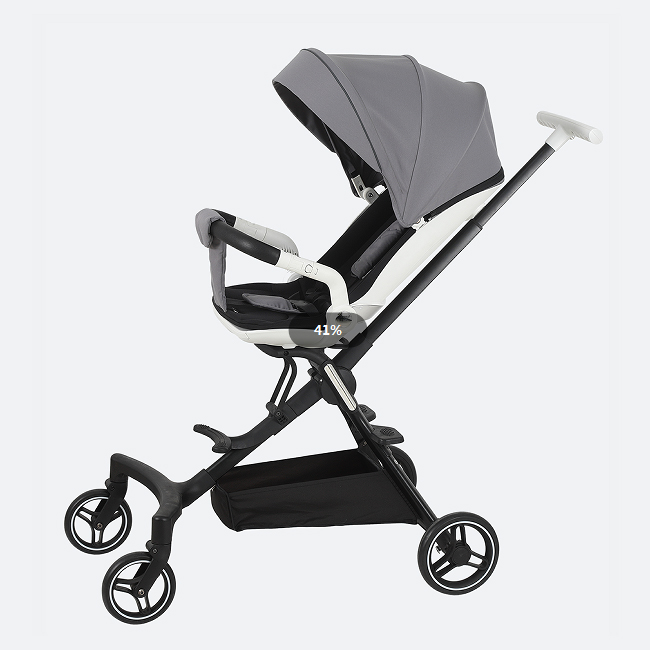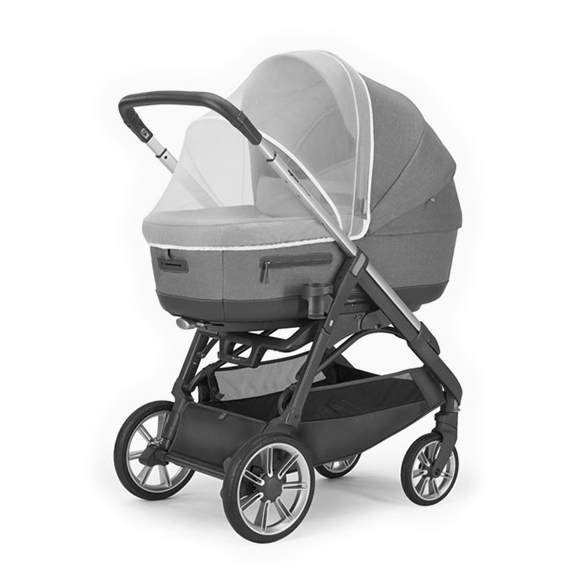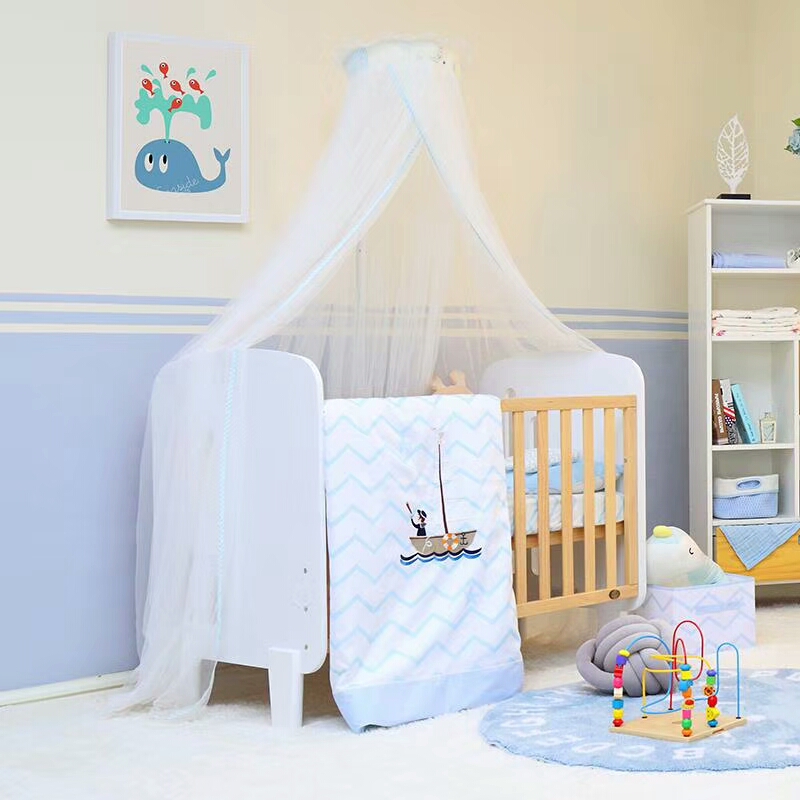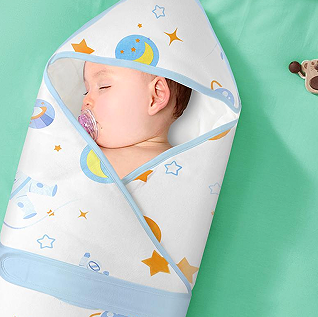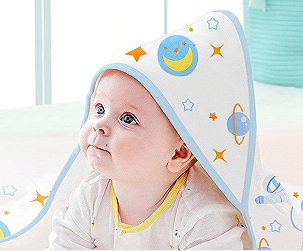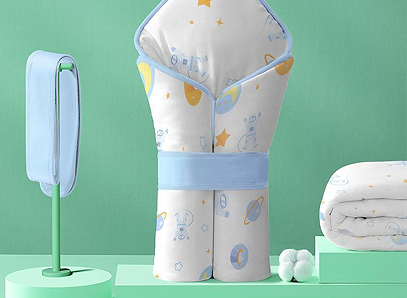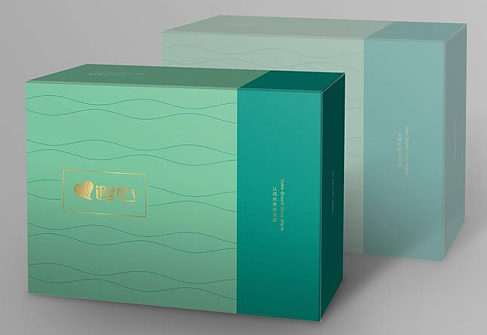The Purpose of a Swaddle Blanket: The First Gentle Guardian for Newborns
In the warm yellow light of a hospital delivery room, first-time parents cautiously cradle that tiny, wrinkled life. When the baby’s hands flail uncontrollably or restless whimpers escape from their arms, the swaddle blanket acts like a silent guardian angel, using its gentle embrace to build the newborn’s first "safe haven" in the world. This seemingly simple parenting item actually embodies scientific care and emotional comfort for life’s earliest stages.
Creating a Breatheable 'Thermostatic Microcosm
A newborn’s thermoregulatory system is like a newly activated precision instrument , not yet fully adapted to the extrauterine environment . Their body surface area-to-weight ratio is three times that of an adult, with a subcutaneous fat layer only 1/3 as thick, making their body temperature highly vulnerable to external changes. Swaddle blankets form a micro-climate around the infant through their unique wrapping: the fiber gaps in pure cotton fabric store warm air, mimicking the constant 37°C environment of the womb; moderate pressure from the wrap promotes blood circulation, distributing heat more evenly. Pediatric studies show that swaddled newborns experience a 40% lower amplitude of temperature fluctuations compared to unswaddled infants, particularly reducing the risk of neonatal sclerema in cold autumn/winter seasons or air-conditioned rooms.
A Tender Continuation of Uterine Memories
Obstetric ultrasound images reveal that full-term fetuses curl up in the womb, their limbs gently enveloped by amniotic fluid and uterine walls. This "natural swaddling" that lasts 40 weeks imprints a unique sense of security on the fetus through auditory (maternal vascular pulsations), tactile (amniotic fluid buoyancy), and spatial (limb restriction) sensations. Swaddle blankets replicate this tripartite comfort via "biomimetic wrapping": the diagonal design of diamond-shaped swaddling cloths conforms to the fetal spine’s curved posture, the soft cotton mimics the gentle moisture of amniotic fluid, and moderate restriction reduces the Moro reflex (startle reflex) by 60%. When babies sense this familiar "restraint-security" connection, their cortisol levels drop by 35%—the physiological reason behind those frequent "sleep smiles while swaddled."
A Scientific Solution for Improved Sleep Quality
Newborns have a short 45-minute sleep cycle, with 50% spent in light sleep. Swaddling physically intervenes to help establish a healthy sleep cycle : during REM sleep, the wrap prevents flailing arms from self-awakening; preserving a natural hip abduction angle of 30° in the leg space supports developmental health while mimicking fetal curled posture . Clinical data shows that consistently swaddled infants sleep an average of 1.2 more hours nightly, with 40% fewer nighttime awakenings. More importantly, this regular sleep pattern helps establish circadian rhythms, granting parents precious rest intervals.
An Invisible Assistant for Safe Care
In neonatal care, swaddle blankets serve multi-faceted practical roles: during vaccinations, stable wrapping reduces limb movement for safer procedures; adjustable wraps facilitate jaundice monitoring by allowing easy skin inspection; at home, swaddling simplifies burping and diaper changes, minimizing spit-up risks from excessive movement. Notably, choosing swaddles with velcro adjusters allows flexible sizing as babies grow (≈2.5cm/month), ensuring the "thumb rule"—leaving enough space for two adult fingers to avoid restrictive tightness that could impede breathing.
A Warm Vessel for Emotional Bonding
When young parents first attempt swaddling with trembling hands, this ritualistic act becomes the starting point of parent-child interaction. The soft blanket may retain the warmth of a mother’s breastfeed or the gentle sway of a father’s lullaby, weaving the baby’s earliest emotional memories through multi-sensory stimulation. Neuroimaging studies show that infants regularly swaddled with care exhibit 15% faster development in the insular cortex, a brain region critical for processing touch-emotion connections. The humble swaddle thus becomes a physical incarnation of love, transmitting unconditional security with every wrap and unwrap.
Modern parenting philosophy emphasizes "gentle yet scientific guardianship," and the swaddle blanket perfectly embodies this ideal. It is not merely a wrapping cloth but a crystallization of developmental biology, ergonomics, and emotional psychology. As we watch our swaddled babies furrow their brows less, or find peace in fewer midnight cries, we realize this soft fabric carries profound respect for new life—using human wisdom to extend nature’s most authentic tenderness. Before babies take their first exploratory steps, the swaddle teaches them this: the world is, first and foremost, warm, safe, and full of love.



